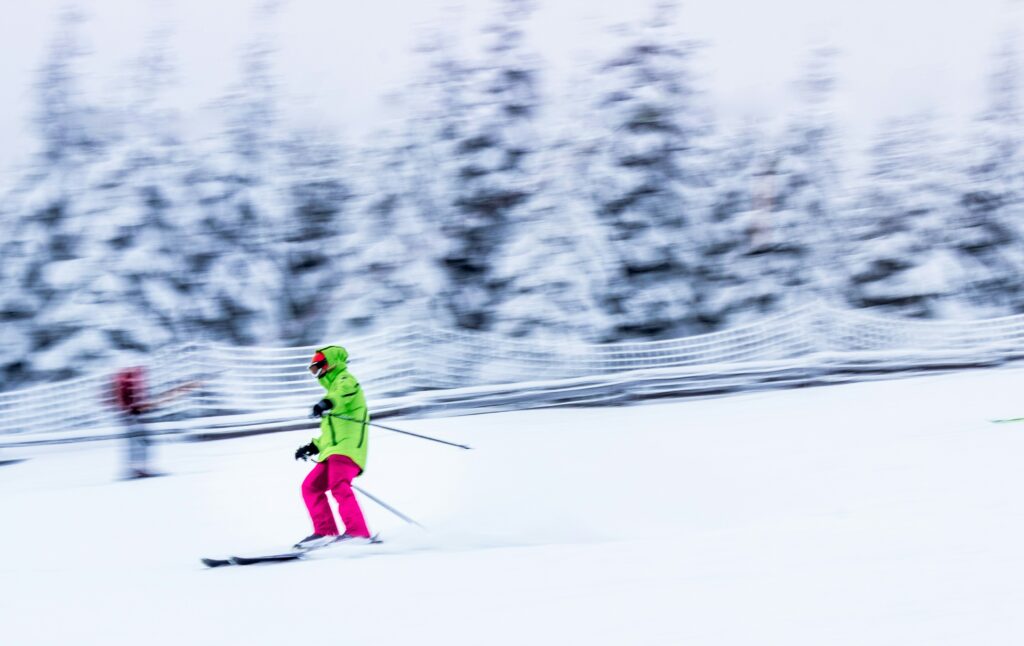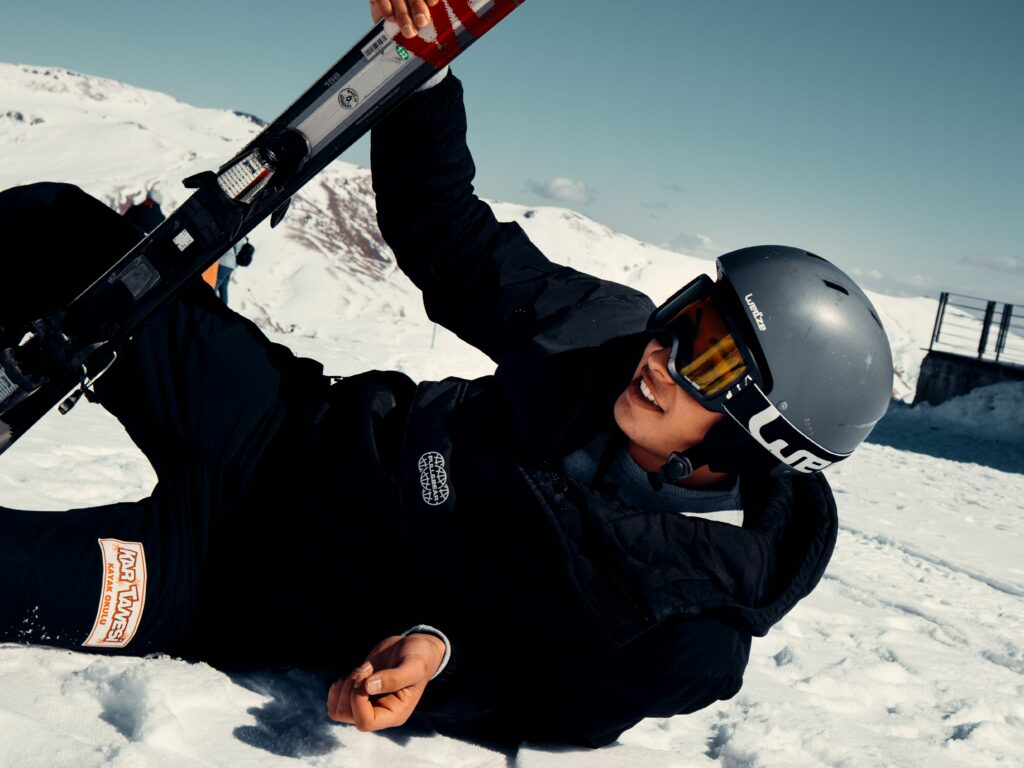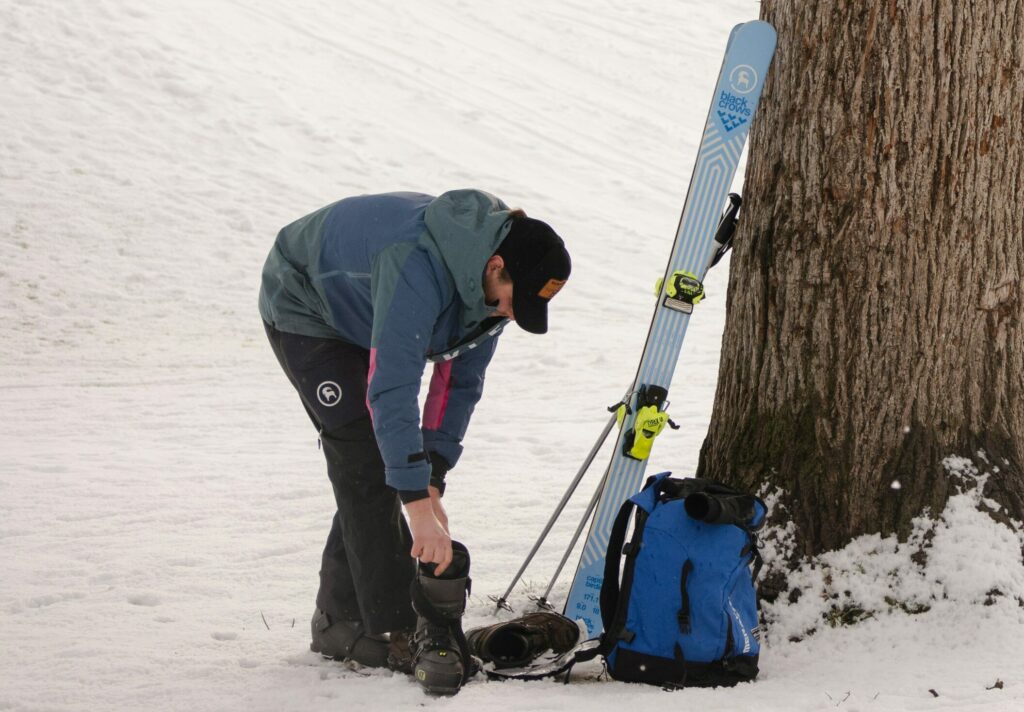- About
- Services
- Private Ski Lessons for Adults and Youth – Online Booking
- Private Ski Lessons For Kids – Online Booking
- Private Snowboard Lessons
- Group Ski Lessons For Adults And Youth – Book Online
- Group Ski Lessons For Kids – Book Online
- Family Skiing – Ski Lessons for Families – Online Booking
- Freestyle Private Ski Lessons
- Freestyle Private Snowboard Lessons – Flumserberg
- Team
- Gallery
- Contact Us
- Weather
- Online Booking
- My Account
 043 541 35 70
043 541 35 70
Safety First: Understanding Skiing Etiquette and Mountain Rules
Skiing offers an exhilarating blend of adrenaline, freedom, and connection with nature. However, amidst the thrill of carving down slopes and exploring mountain terrain, it’s paramount to prioritize safety for yourself and others. Understanding skiing etiquette and adhering to mountain rules not only enhances your skiing experience but also fosters a safer environment for all. In this article, we’ll delve into essential skiing etiquette and mountain rules that every skier, from novice to expert, should know and practice.
Respect for Others
1. **Yield to Downhill Skiers**: Uphill skiers should yield to those skiing downhill. Downhill skiers have less control over their trajectory and need space to maneuver safely.
2. **Maintain Control**: Always ski in control and within your ability level. Unpredictable skiing poses risks to yourself and others around you.
3. **Give Space**: Leave plenty of room between yourself and other skiers, especially when overtaking or passing. Respect others’ personal space and skiing lines.
4. **Be Aware of Surroundings**: Stay vigilant and aware of your surroundings at all times. Keep an eye out for obstacles, other skiers, and changes in terrain.
### Trail Etiquette
1. **Stay on Marked Trails**: Ski only on designated trails and slopes suitable for your skill level. Venturing off-trail can lead to dangerous terrain and increased risk of injury.
2. **Observe Trail Signs**: Heed trail signs, markers, and warnings. They provide valuable information about trail difficulty, hazards, and closures.
3. **Use Caution at Trail Merges**: Exercise caution when trails merge or intersect. Yield to skiers already on the trail and merge smoothly to avoid collisions.
4. **Respect Trail Closure**: Respect trail closures and ski area boundaries. Closed trails may pose safety risks due to hazards, grooming, or maintenance activities.
Chairlift Safety
1. **Loading and Unloading**: Follow loading and unloading procedures as instructed by ski resort staff. Wait your turn, keep ski tips up, and be prepared to exit the chairlift promptly.
2. **Safety Bar**: Lower the safety bar when riding chairlifts for added security. Keep equipment secure and avoid dangling items that could pose hazards.
3. **Be Courteous**: Be courteous to fellow chairlift riders. Avoid swinging or bouncing chairs and refrain from excessive movement that may disrupt others.
Avalanche Awareness
1. **Educate Yourself**: Learn about avalanche safety and awareness before venturing into backcountry or off-piste terrain. Understand avalanche risk factors, terrain features, and safe travel protocols.
2. **Carry Essential Gear**: Carry essential avalanche safety equipment, including a beacon, shovel, and probe. Practice using this equipment and know how to respond in the event of an avalanche.
3. **Travel with Partners**: Never venture into avalanche terrain alone. Travel with experienced partners, communicate effectively, and establish a plan in case of emergencies.
Conclusion
Safety is paramount in skiing, and understanding skiing etiquette and mountain rules is essential for a positive and secure skiing experience. By respecting others, adhering to trail etiquette, practicing chairlift safety, and being aware of avalanche risks, skiers can contribute to a safer mountain environment for themselves and fellow enthusiasts. Whether carving down groomed trails or exploring backcountry terrain, prioritize safety first, and enjoy the thrill of skiing responsibly. Remember, in skiing, as in life, safety always comes first.




